Just 130 km (80 miles) east of Kathmandu, the Indigenous People’s Trail is a world away from the pizza parlors and crowded guest houses of Nepal’s capital.
I rounded the side of a Buddhist temple and came face to face with a group of men holding long strips of intestines. The guts once belonged to a water buffalo. I know this because the animal’s severed head was sitting there on the ground, upside-down with its enormous tongue sticking out.
The men were pouring water through the entrails to flush out the excrement. It’s a step in sausage-making I had never contemplated, but a suitably authentic touch on an unusual hiking trail called the Indigenous People’s Trail in central Nepal.
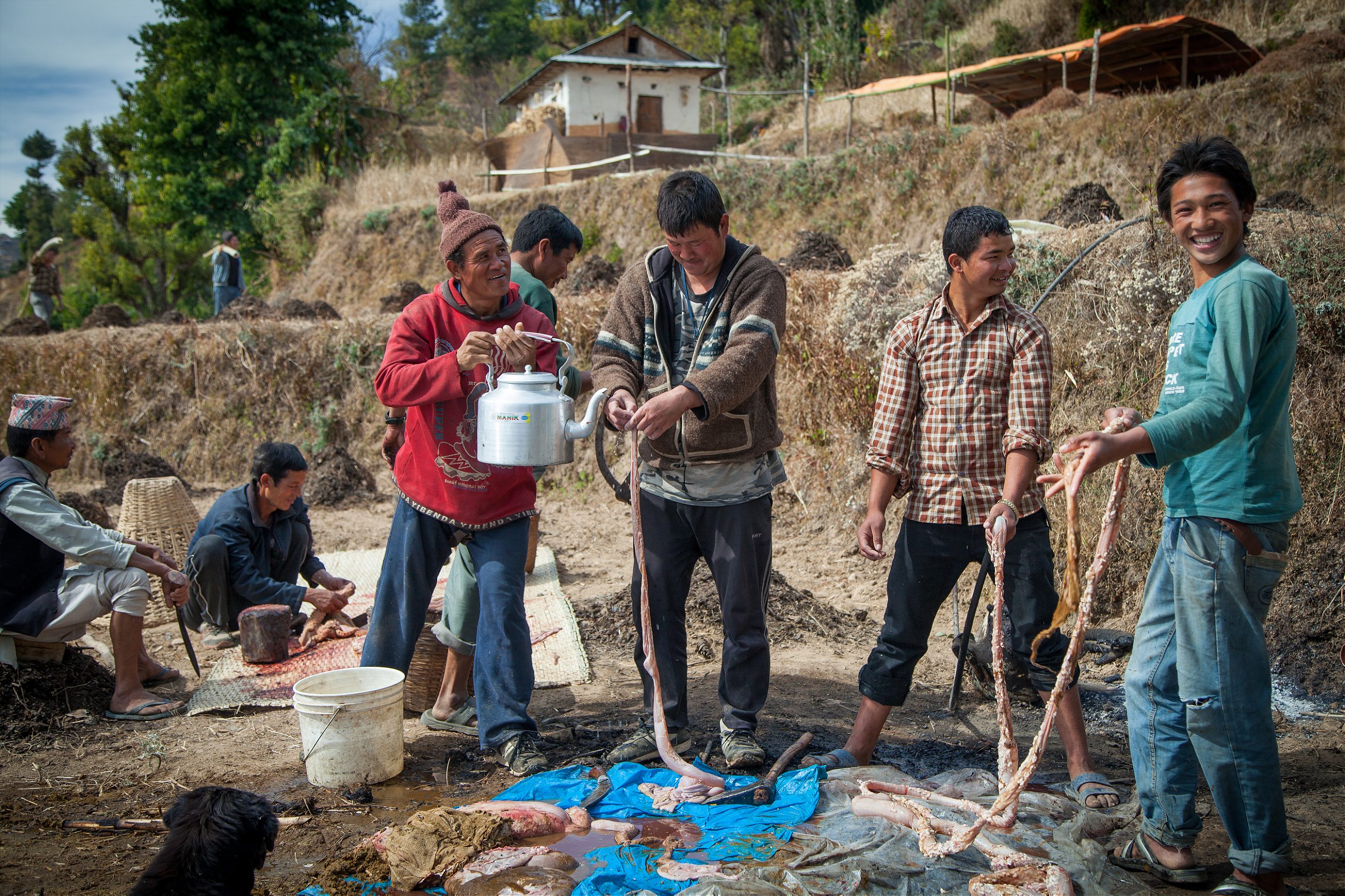
The weeklong trek winds through terraced hills and pine forests, with the promise of providing a more authentic, less commercial glimpse into the country’s rural life than the popular established mountain trails. It’s called the ‘indigenous’ trail because it runs through one of the most ethnically diverse regions in the country, with communities of Sherpa, Newar, Thami, Tamang, Yolmo, and Majhis all living within a couple days walk of each other.
Though the trail is only 130 km (80 miles) east of the capital Kathmandu, it’s a world away from the well-beaten traveller circuit. Here you won’t find English-speakers, pizza, or guesthouses. Instead, travellers sleep in homestays. Dinner involves sitting on a mud floor with the family and digging into a heaping plate of rice and dal with your bare hands.
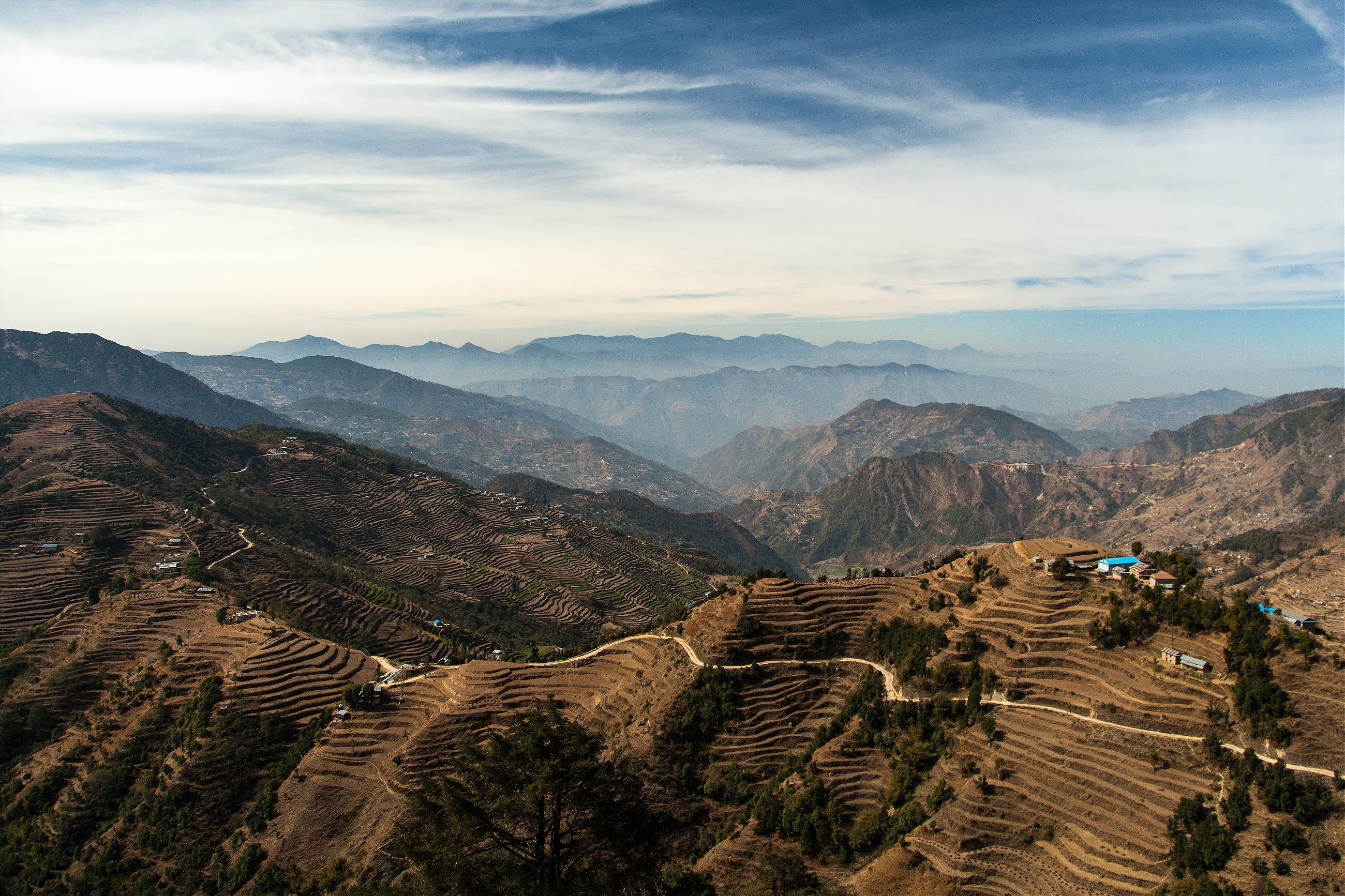
Western expectations aren’t entirely ignored though. You are provided with the option of utensils, for one, and every homestay has a private room with beds for guests. The set-up is about as comfortable as it could be if you still want to be immersed in local life (and for as little as US$3 a night for room and board, it would be hard to expect more).
Yet so far few people have showed up. The region’s tourism development center estimates that about 700 people have taken the route since it was set up six years ago — that’s less than 150 people a year. Meanwhile, at least 142,000 people trekked Nepal’s Himalayas in 2012 alone, and 800,000 tourists in total visited the country that same year.
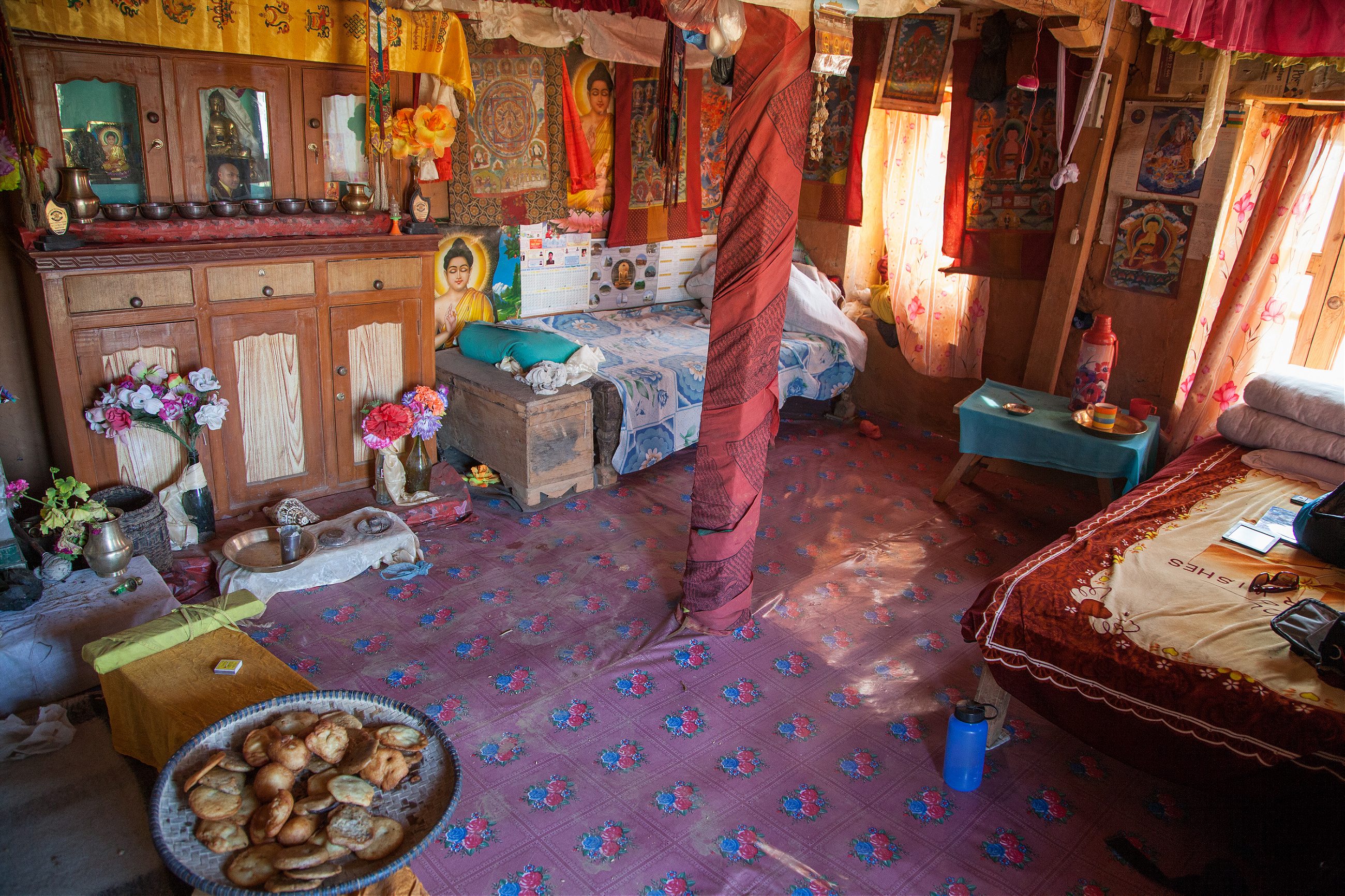
The low turnout is disappointing to locals and officials alike as the trail was created, with the help of the United Nations, to draw visitors to an impoverished part of Nepal that hasn’t benefitted from tourism.
Here almost everyone depends on farming, which is a tough trade because of the hilly terrain, the lack of goods roads to get anything to market, and serious water shortages.
With no money for vehicles or machines, the working life here is grueling. I saw dozens of men and women hauling daunting loads of dirt, rocks, or firewood on their backs, shaky-legged from the burden. Others worked away at smashing boulders with small hammers, or tilling fields without even the help of an animal. Children do their share of the work too, dutifully gathering firewood before making the two-hour walk to school, if they go at all.
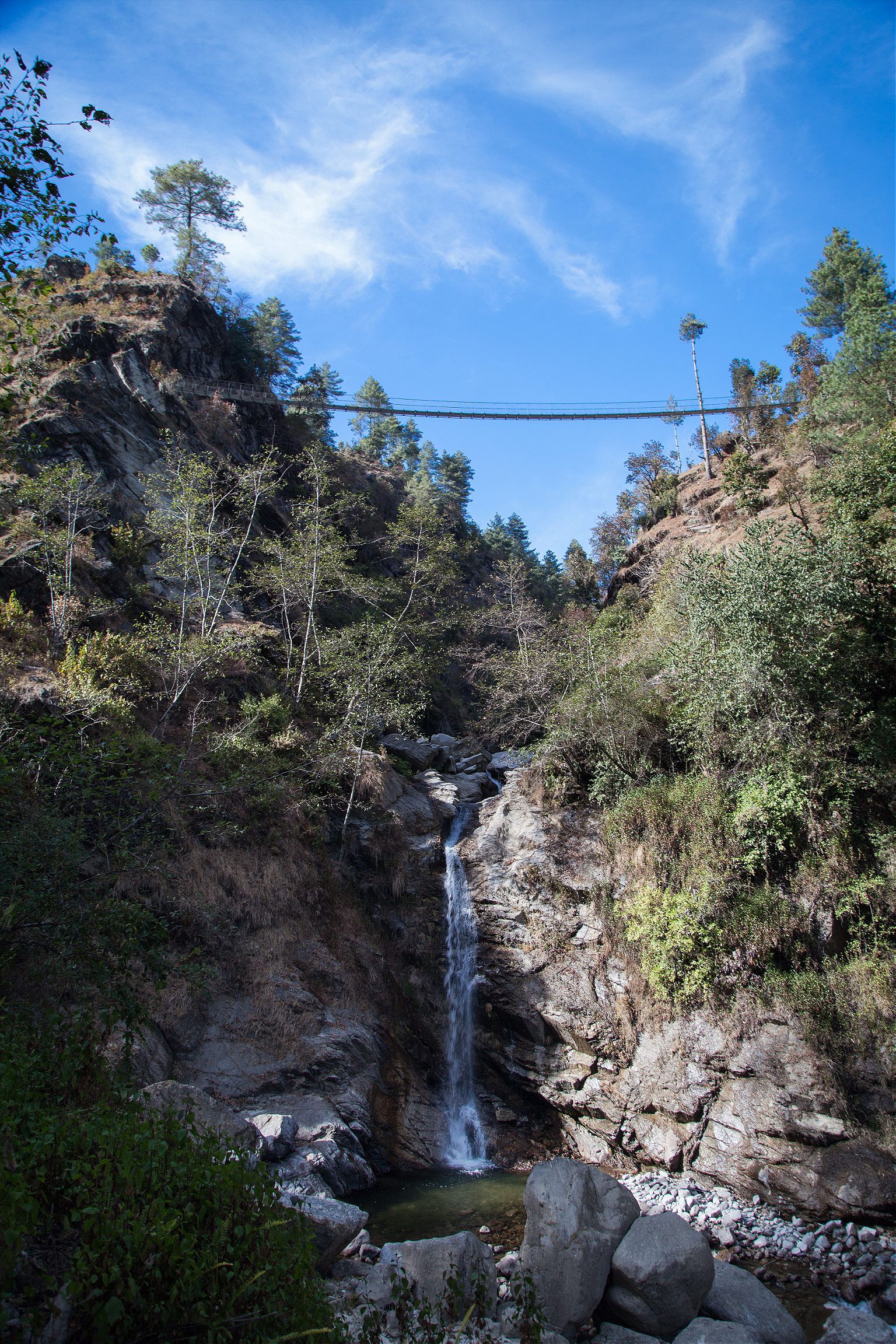
But while life is undeniably difficult in the region, travellers seem welcome here—people who live and work along the trail always have time for chatting and laughing (likely at me). Nearly everyone seems ready with a friendly Namaste for a passing stranger.
And so these men, busy cleaning out the intestines, invited me to eat some of the buffalo after I had lingered around long enough. Along with a side of spicy dal and a delightful rice wine, I ate a mysterious cut of meat. Best description: chewy.

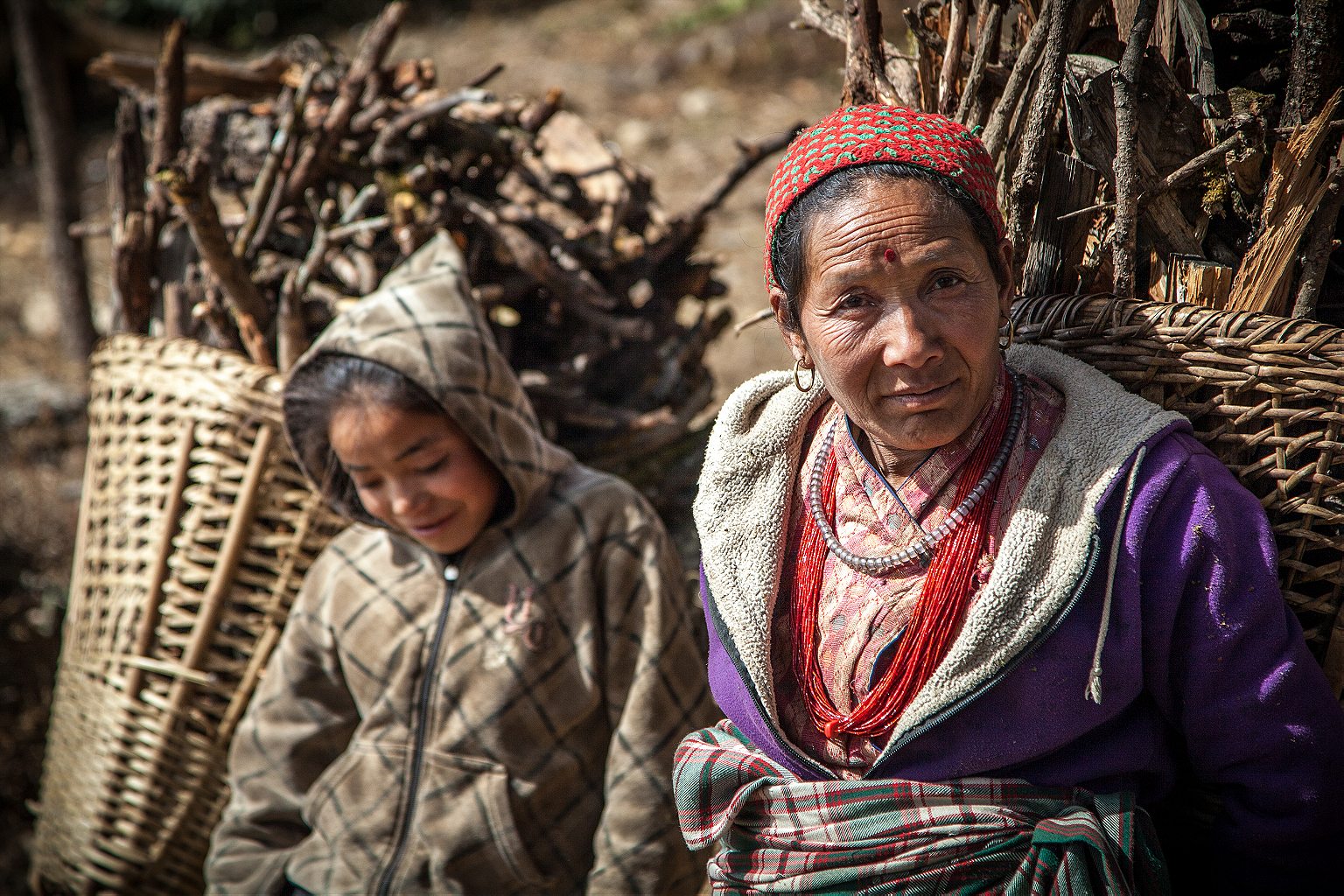
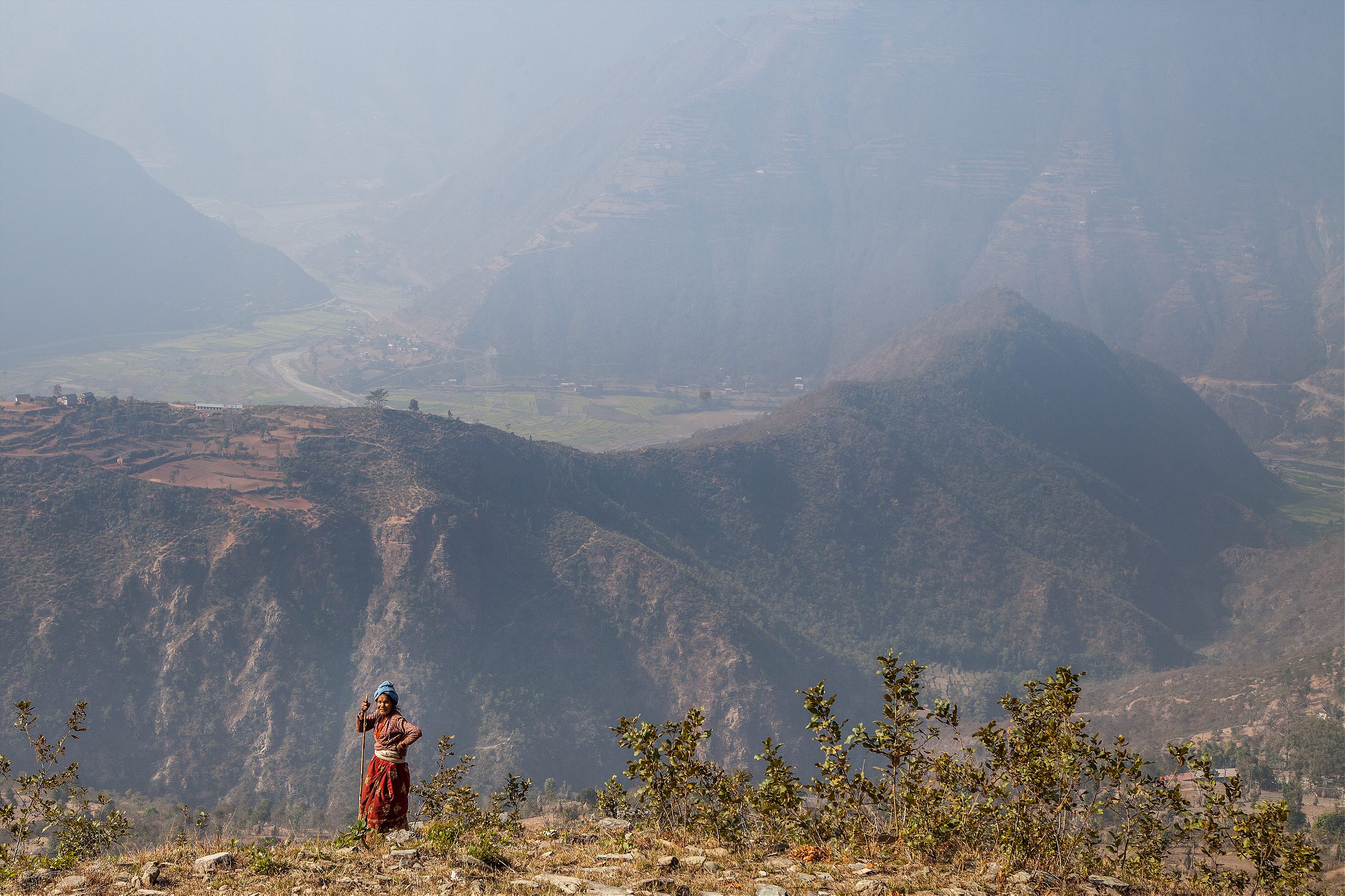
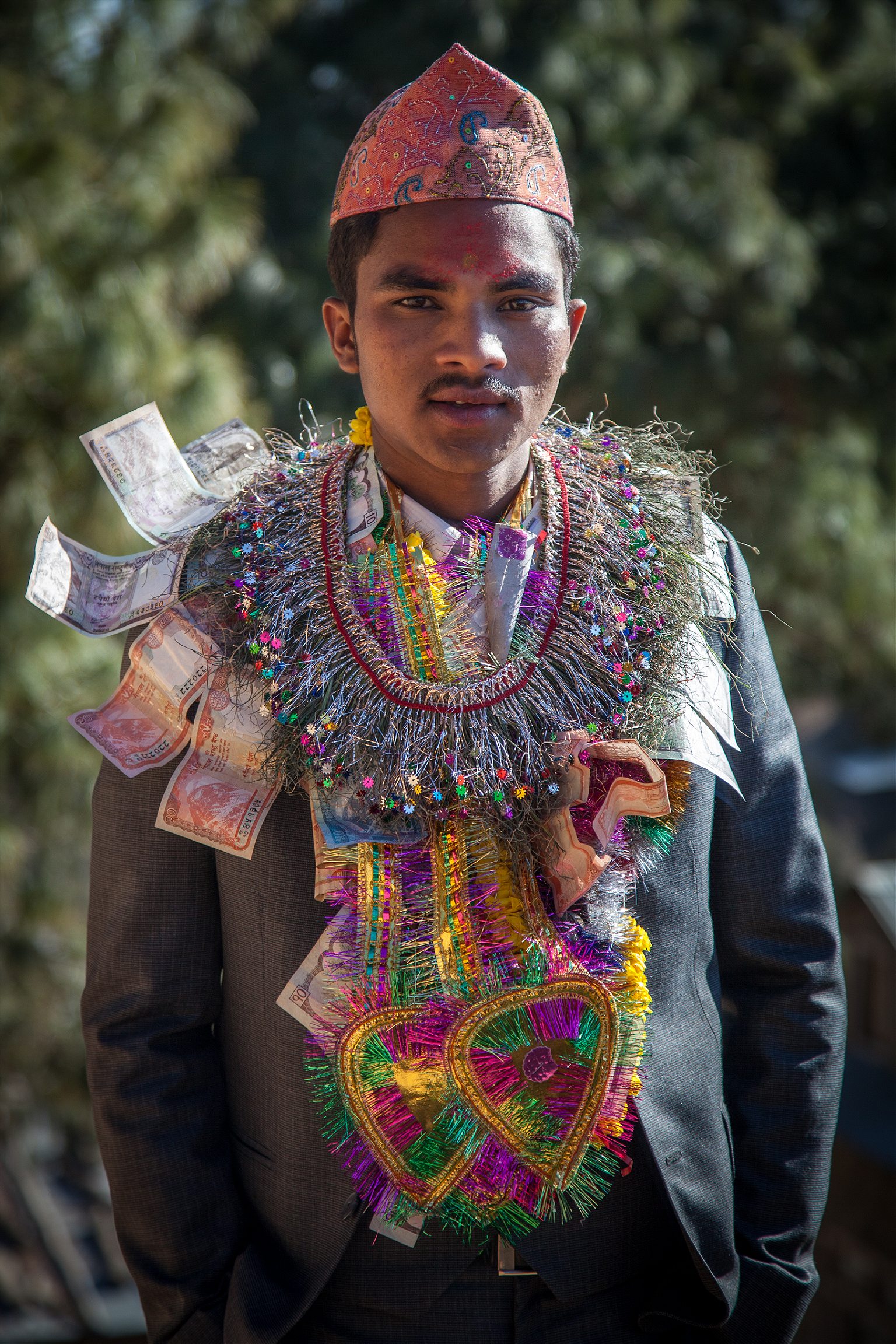
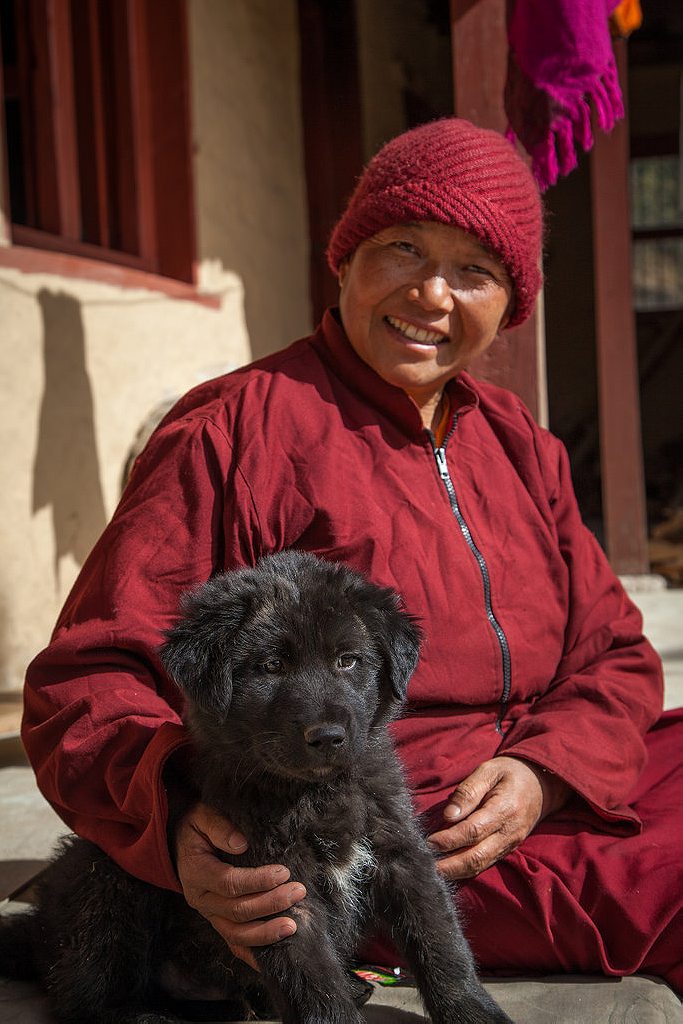


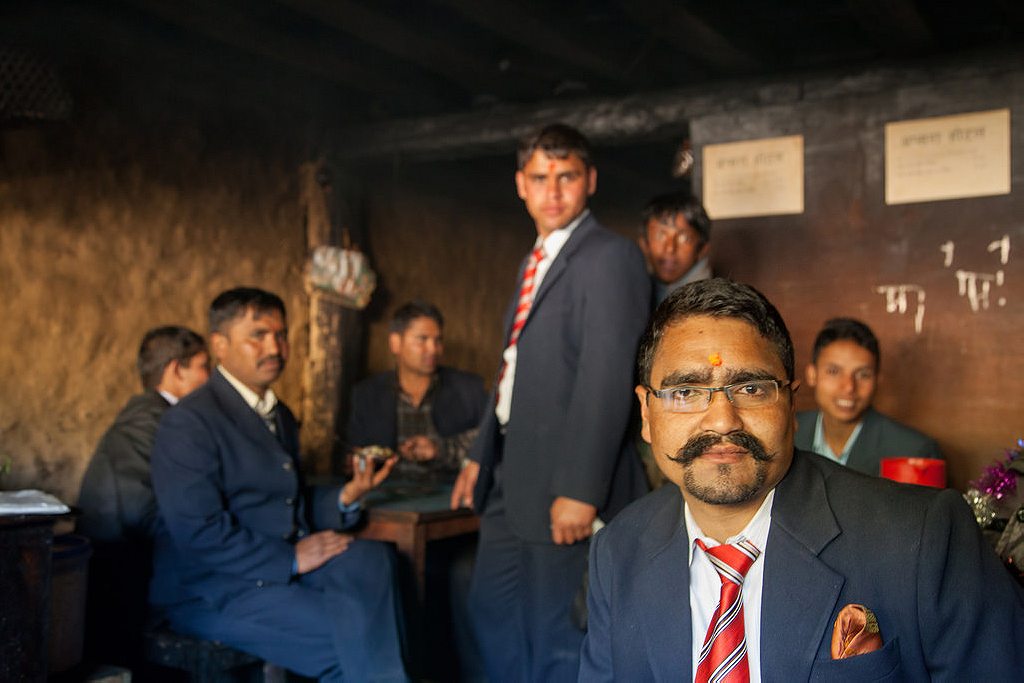
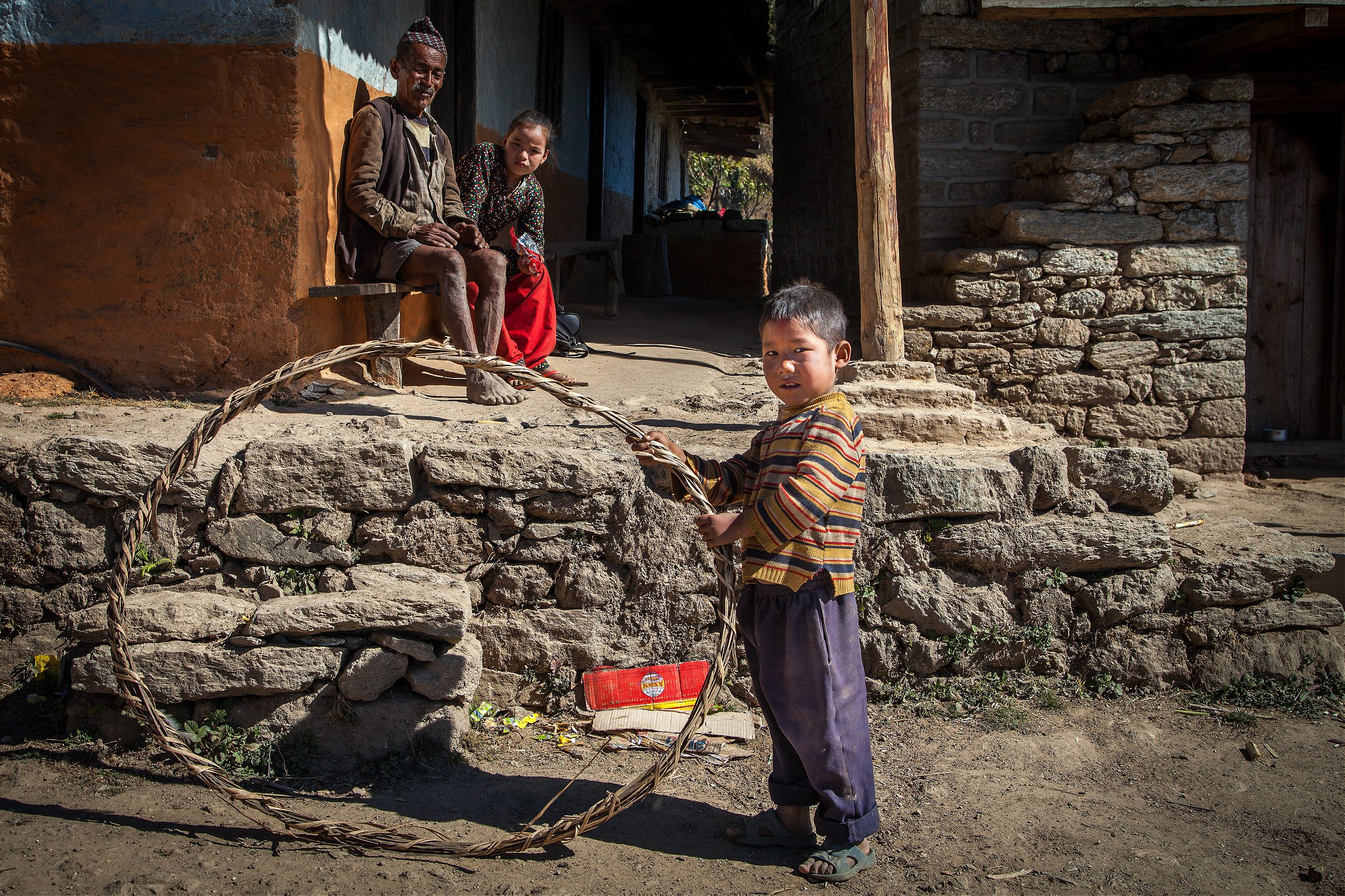
About the trail
The easiest way to hike the trail is to find a guide, since so few people in the area speak English, and there are no trail markers. The tourism bureau still has some brochures tucked away for the trail with contact numbers. Or you can search the many Kathmandu bookshops for the official trail map and head out on your own. Navigation is fairly straightforward, and there’s often a grandson or someone visiting from the city who can help with translations.
To get to the trailhead, take a bus from the Ratna Park bus station in Kathmandu to the town of Mude, then switch to one of the few buses heading to Dhunge. You don’t need any hiking permits to do the trail, and the terrain is easier than the big-mountain hikes of Nepal.